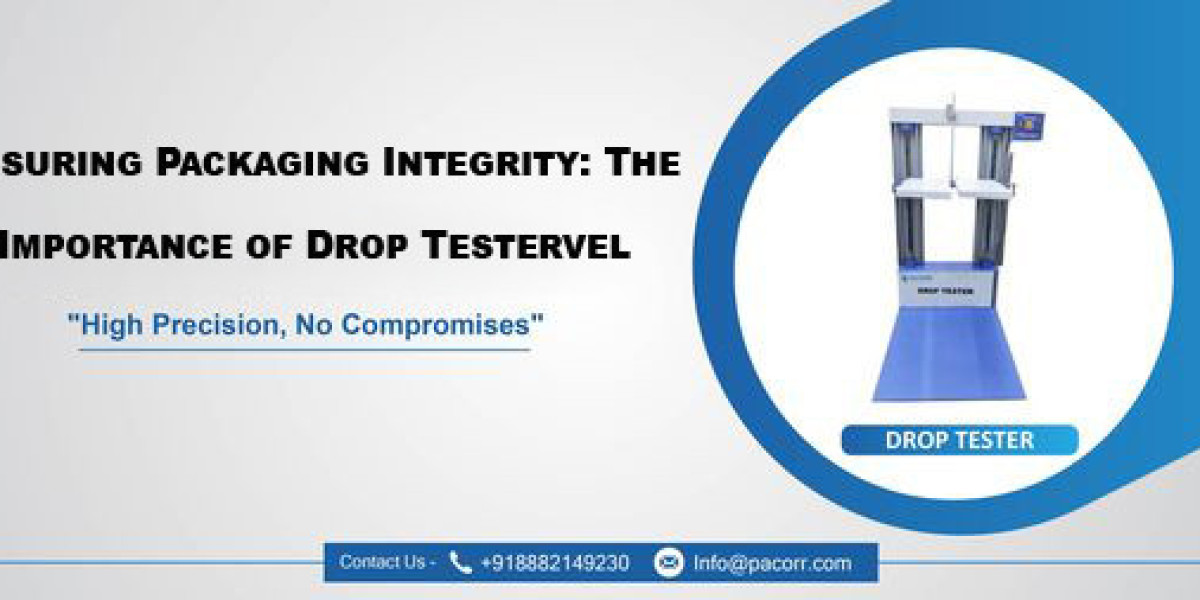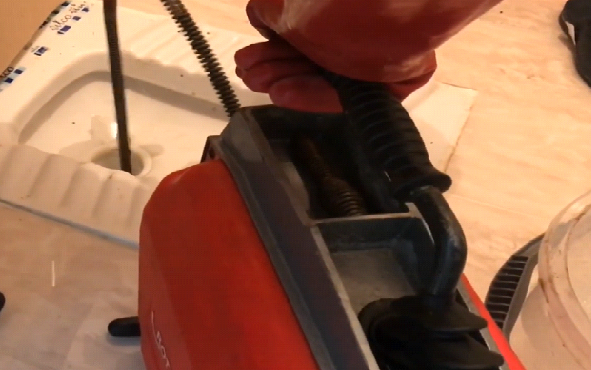The Essential Guide to Drop Testers: Ensuring Product Durability and Safety
In the dynamic world of product development and quality assurance, ensuring the durability, reliability, and safety of products is paramount. This is where a Drop Tester becomes an indispensable tool for manufacturers across various industries. From electronics to packaging, and from toys to aerospace components, understanding the impact of drops and shocks on products is critical. This guide delves into the world of Drop Testing, offering insights into their importance, functionality, and how to choose the right one for your needs.
What is a Drop Tester?
A Drop Tester is a specialized piece of equipment designed to simulate the conditions under which a product might fall or be subjected to impact during its lifecycle. By accurately mimicking these conditions, manufacturers can identify potential vulnerabilities and improve product designs to withstand real-world use.
Applications of Drop Testers
1. Drop Testers are versatile, finding applications in numerous fields:
2. Electronics: Testing the durability of smartphones, laptops, and other gadgets.
3. Packaging: Ensuring that packaging can protect contents during handling and shipping.
4. Consumer Products: Assessing the safety and durability of toys, household items, and furniture.
5. Industrial Products: Evaluating the resilience of tools, machinery parts, and safety equipment.
Benefits of Using a Drop Tester
Utilizing a Drop Tester offers several advantages:
· Enhanced Product Quality: Identifies design flaws, leading to improvements in product durability.
· Regulatory Compliance: Helps in meeting safety standards and regulatory requirements.
· Customer Satisfaction: Reduces the risk of customer complaints and product returns by ensuring that products are robust and reliable.
· Cost Efficiency: Prevents costly recalls and reinforces brand reputation by ensuring product integrity from the outset.
How Does a Drop Tester Work?
A Drop Tester typically consists of a platform or clamp that securely holds the test item. The item is then released from a specific height to impact a surface below, simulating a real-world drop. Advanced models can vary the height and angle of the drop, as well as the surface type, to mimic different impact scenarios. Sensors and cameras may be used to capture data on the impact force and the product's response.
Choosing the Right Drop Tester
Selecting an appropriate Drop Tester depends on several factors:
· Test Requirements: Consider the size, weight, and material of the products to be tested.
· Customization Needs: Some testers offer adjustable heights and angles for more versatile testing.
· Data Analysis Features: Look for models that provide detailed impact analysis and data recording capabilities.
· Budget Constraints: Balance between the features you need and the available budget.
Conclusion
A Drop Impact Tester is a crucial investment for any manufacturer prioritizing product quality, safety, and durability. By simulating real-world impact conditions, it allows for the identification and rectification of potential weaknesses in product design. When selecting a Drop Tester, it's essential to consider your specific testing requirements, the versatility of the equipment, and the depth of analysis you need. Ensuring your products can withstand the bumps and drops of everyday use not only complies with regulatory standards but also builds trust with your customers, solidifying your reputation in the market.
Frequently Asked Questions (FAQ)
1. What is a Drop Tester?
A Drop Tester is a device designed to simulate various impact conditions to evaluate the impact resistance and durability of products or packaging. It precisely drops the test item from a specified height to assess its resistance to damage upon impact.
2. Why are drop tests important?
Drop Testing are crucial for ensuring product quality and durability. They help manufacturers identify potential weaknesses in product design or packaging before products reach consumers, thereby reducing the risk of damage during shipping and handling and ensuring customer satisfaction.
3. How do Drop Testers work?
Drop Testers typically use a controlled mechanism to lift the product or package to a specific height and then release it to fall freely onto a hard surface. The impact results are analysed to assess the item's durability and the effectiveness of its packaging.
4. What types of drop tests can be performed?
There are several types of drop tests, including corner, edge, and face drops, each targeting different impact scenarios. The test type is chosen based on the most likely real-world situations the product or packaging will encounter.
5. Can the drop height be adjusted?
Yes, most Drop Testers allow for adjustable drop heights to simulate different impact severities. This feature enables testing under various conditions to meet specific industry standards or testing protocols.
6. Are Drop Testers suitable for all product sizes and weights?
Drop Testers come in various sizes and weight capacities to accommodate a wide range of products, from small electronics to large appliances. It's important to select a Drop Tester that meets the specific requirements of the products being tested.
7. What are the benefits of using a Drop Tester?
Using a Drop Tester allows manufacturers to identify potential weaknesses in product design or packaging before mass production, reducing the risk of damage during shipping and handling, and improving customer satisfaction by ensuring product durability.
8. Can Drop Testers simulate different types of surfaces?
Many Drop Testers come with interchangeable surface materials to simulate different impact scenarios, such as concrete, wood, or carpeted floors. This variability helps in assessing how products would perform under different real-world conditions.
9. Are there industry standards for drop testing?
Yes, there are several industry standards and regulations for drop testing, such as ISTA, ASTM, and ISO, which specify testing procedures, drop heights, and types of impacts. Compliance with these standards ensures that testing is consistent and reliable.
10. How can I ensure my Drop Tester is accurate?
Regular calibration and maintenance are essential for ensuring the accuracy and reliability of a Drop Tester. Manufacturers typically offer calibration services and guidelines for maintaining the equipment in optimal condition.
For more information on our products and services, visit Pacorr.com and discover how we can help you maintain the highest standards of quality in your industry.








